At COCEAH, our commitment to exceptional, advanced veterinary care takes a leap forward with the introduction of cutting-edge Point of Care In-House Diagnostic Machines. These sophisticated tools allow us to offer unparalleled precision in medical diagnosis, ensuring that your beloved pets receive the most advanced and accurate medical attention. Embrace peace of mind knowing that at COCEAH, we’re not just caring for your pets, we’re pioneering the future of veterinary medicine with every diagnosis we make.
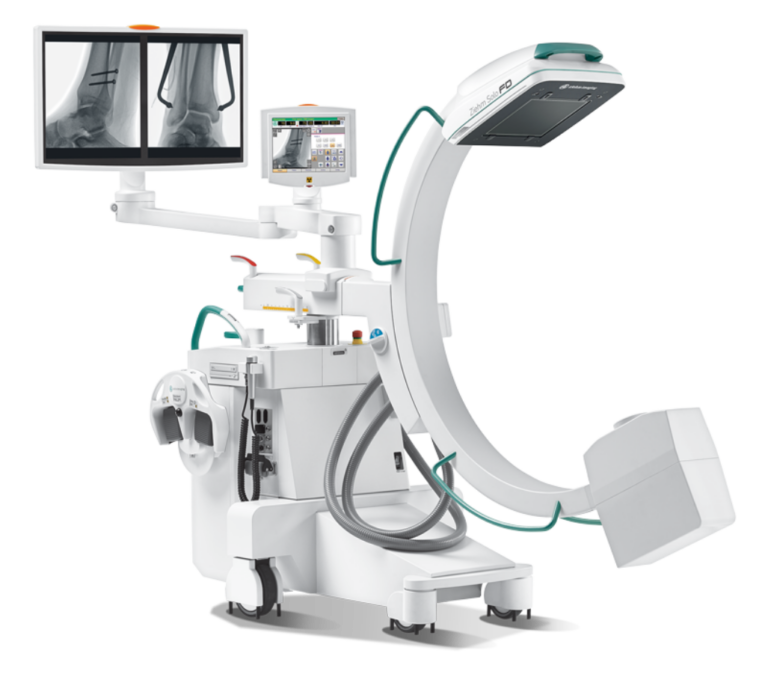
Imagine having a real-time, movie-like set of your pet’s X-rays as a guide for the vet specialist during surgery. The Full-Size C-Arm Intra-Operative Fluoroscopy is a cutting-edge veterinary technology revolutionizing the diagnosis, therapeutics, and surgical care of our beloved pets. This mobile imaging unit is a dynamic tool for veterinarians, allowing real-time visualization of internal structures through continuous X-ray imaging, akin to an X-ray movie.
The C-Arm’s distinctive half-moon frame renders it highly maneuverable, facilitating its use in various directions during surgical and orthopedic procedures. Its advanced X-ray technology, combined with fluoroscopy capabilities, provides invaluable insights into the structure and function of organs, surpassing traditional X-rays by capturing real-time motion.
Designed with the pet’s well-being in mind, the Full-Size C-Arm enhances surgical decision-making and reduces surgery duration. The image intensifier, monitor, and workstation unit collectively contribute to enhanced picture quality, ease of viewing, and efficient digital recording of images. Veterinarians utilize this technology across diverse specialties, including orthopedics, urology, gastroenterology, pain management, emergency procedures, cardiac studies, angiography, and therapeutic interventions.
Imagine the impact on your pet’s healthcare – precise procedures with improved outcomes. The mobile nature of C-Arm systems allows flexibility in capturing high-resolution images from different angles, ensuring comprehensive diagnostics and targeted treatments.
The link between fluoroscopy and the C-Arm is pivotal in veterinary care. As the continuous X-ray beam targets the pet, the C-arm unit adjusts to the animal’s size and position, minimizing the need for anesthesia. The specialists employ fluoroscopy for visualizing moving body systems and aid in diagnosing and monitoring disorders related to the heart, respiratory, and digestive systems.
The Full-Size C-Arm Intra-Operative Fluoroscopy is a game-changer, offering pet owners a glimpse into the future of advanced, real-time veterinary care, ensuring optimal health for our furry companions.

In today’s realm of veterinary surgery, the VetScalpel CO2 Laser stands as an indispensable tool, reshaping the landscape of therapeutic and surgical interventions for your pets. This cutting-edge surgical laser has become a cornerstone in veterinary medicine, supplanting conventional approaches like scalpels and electrosurgical units. Across various specialties such as general surgery, dermatology, ophthalmic surgery, ENT, and beyond, the VetScalpel CO2 Laser effortlessly replaces traditional tools, elevating the precision and efficacy of routine and surgical procedures.
The VetScalpel CO2 Laser offers a myriad of benefits for your furry companions. Its precision allows veterinarians to conduct accurate incisions, excisions, dissections, and ablations. It is invaluable for various clinical procedures, including biopsies, lesion removal, tissue sculpting, and soft-tissue surgeries.
One of the primary advantages is the reduction in pain and swelling for pets, coupled with minimized trauma to tissue. The laser’s unique functionality enables the sealing of nerve endings and lymphatics during cutting, translating to less post-operative swelling, pain, and discomfort. Furthermore, this advanced technology minimizes the stress on pets, leading to shorter anesthesia times.
The “no-touch” technique of laser surgery, with the laser tip positioned 1-3 mm away from the target tissue, significantly lowers the risk of infection. Additionally, the high-intensity laser beam actively eliminates bacteria during the process, providing a sanitizing effect and fostering a sterile environment.
Notably, the VetScalpel CO2 Laser ensures minimal thermal damage to surrounding healthy tissues, contributing to shorter recovery times. With reduced bleeding, swelling, and pain, your four-legged companions can swiftly return to joyously enriching your life, playing and being their best selves. Central Orange County Emergency Animal Hospital invests in the future of veterinary care with VetScalpel, ensuring optimal well-being and happiness for your beloved pets.
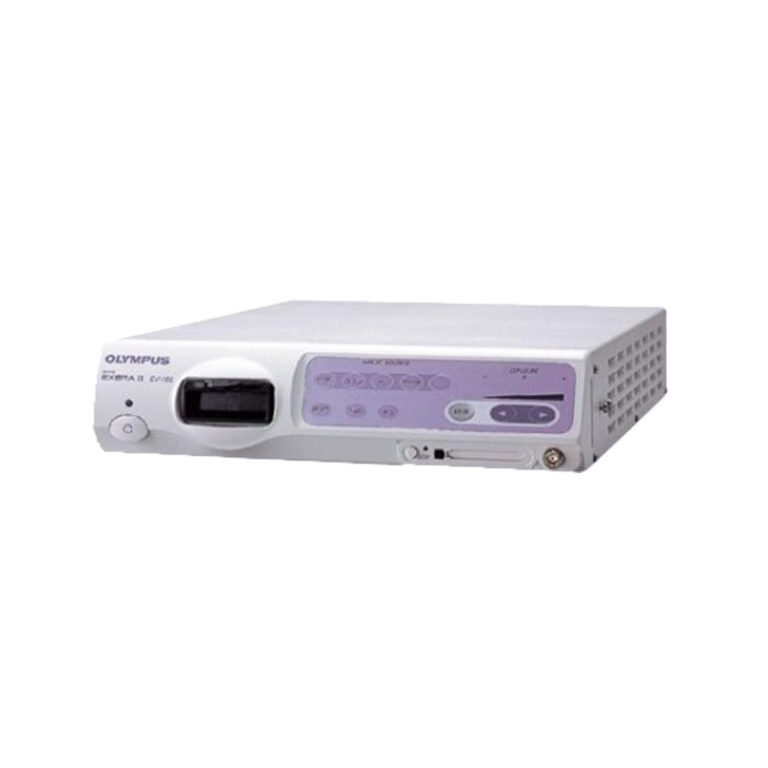
We are introducing the EVIS EXERA II Video System Center – a cutting-edge technological marvel revolutionizing veterinary care for your cherished pets. This high-resolution HDTV device has advanced imaging capabilities, including narrow-band imaging (NBI), ensuring precise examination of capillaries and mucosal tissues. Tailored for accurate diagnoses, this device aids in early issue detection, offering peace of mind to pet owners.
The full-spectrum HDTV imaging video processor, a true game-changer in veterinary care, is compatible with various scopes such as bronchoscopes and surgical endoscopes. This versatility allows veterinarians to consistently use one system for different procedures, ensuring high-resolution imaging and real-time monitoring during surgeries. The result? Outstanding precision and enhanced color contrast facilitate precise diagnoses and minimize discomfort for our furry family members.
The breakthrough technology of Narrow-Band Imaging (NBI) utilizes specific light wavelengths to highlight capillaries on a pet’s mucosal surface. By enhancing contrast and making vascular patterns more visible, NBI assists veterinarians in accurate diagnoses and surgeries with exceptional precision. Your pet receives the best care possible, ensuring thorough diagnostics and successful treatment.
The 1.2X and 1.5X electronic magnification on a full-spectrum HDTV imaging video system offer enhanced clarity and precision during procedures. This advanced feature allows veterinarians to zoom in on specific areas, providing detailed views of moving images for accurate diagnoses.
Combining endoscopic, fluoroscopic, ultrasound, and laparoscopic images, this innovative technology offers a comprehensive view of your pet’s health. With minimally invasive capabilities, it minimizes stress for your pet, empowering veterinarians to provide targeted care. Embrace this innovation for your pet’s well-being, ensuring a healthier life with precise diagnoses and effective treatments.
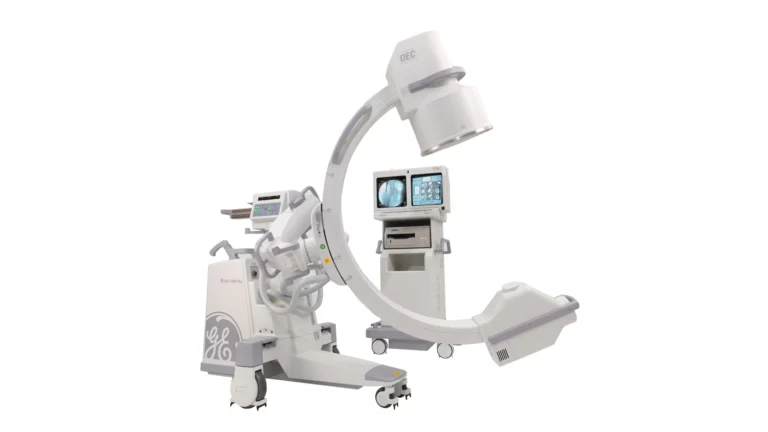
The GE OEC 9800 Plus is a cutting-edge medical device employed by veterinary specialists for myriad fluoroscopically-guided procedures, offering a fusion of diagnostic precision, therapeutic efficacy, and surgical versatility. Widely recognized in human healthcare settings, this state-of-the-art fluoroscopy machine has found its way into select veterinary hospitals, emerging as an invaluable asset.
A hallmark of the OEC 9800 Plus is its advanced imaging technology, anchored by a high-resolution flat panel detector (FPD). This component delivers meticulous and precise images of a pet’s musculoskeletal system and internal structures, empowering veterinarians with a comprehensive diagnostic tool for pain control, orthopedic interventions, vascular procedures, neurovascular treatments, and cardiac applications.
Augmenting its capabilities is a robust X-ray generator, affording a broad spectrum of imaging possibilities through adjustable kV and mA settings. kVp determines how intense X-rays penetrate, while mAs control the quantity of X-rays produced during your X-ray, influencing image quality.
Beyond traditional X-ray imaging, the OEC 9800 Plus excels in fluoroscopy—a continuous X-ray technique providing real-time, dynamic insights during procedures. This proves instrumental in guiding interventions like injections and biopsies, elevating the precision of therapeutic measures.
The device’s compact design and portability are noteworthy, facilitating seamless transitions between rooms or even different medical facilities. This attribute mainly benefits Veterinary Emergency Hospitals, accommodating diverse pet sizes and enabling swift adaptations during emergencies or surgeries.
Functioning as more than a diagnostic tool, the OEC 9800 Plus aids veterinarians in therapeutic pursuits. Whether guiding surgical hardware placement or pinpointing and treating obstructed blood vessels, its reliability and versatility make it a trusted companion for veterinary professionals globally. In essence, the OEC 9800 Plus emerges as an epitome of dependable, adaptable imaging technology for discerning pet owner seeking optimal care for their cherished companions.
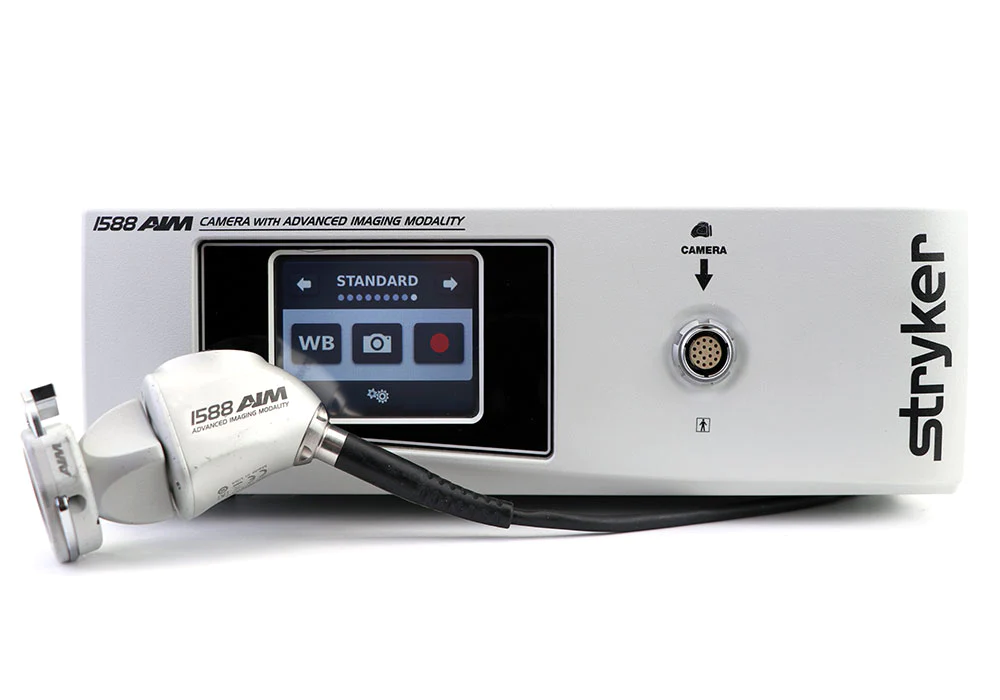
Addressing multiple clinical needs in medical procedures requires a comprehensive approach that considers various perspectives and employs equipment to safeguard critical anatomy while prioritizing patient safety. The Stryker 1588 AIM laparoscopy/arthroscopic system exemplifies this approach, enhancing the visualization of patient anatomy across diverse surgical specialties such as laparoscopy, arthroscopy, genitourinary procedures, and rhinoscopy.
From a multi-spectrum and practitioner perspective, this device serves as a “one system, multiple specialties” platform, enabling the visualization of critical anatomy. Advanced imaging modalities, including near-infrared and infrared wavelengths, facilitate visualization without compromising soft tissue structures. This is crucial in cases like multisystem inflammatory syndrome (MIS) related to COVID-19, where various organs may become inflamed.
More importantly, the application of similar safeguards and techniques used in human medicine in veterinary practices represents a significant advancement in caring for the organs of our furry companions. Veterinarians employ the Stryker 1588 AIM laparoscopy/arthroscopic system to access internal organs, ensuring optimal visualization of structures and detecting abnormalities critical for successful outcomes.
In veterinary surgery, proper lighting and visualization are paramount, as illustrated by the example of removing intense reds from a surgical image to distinguish between inflamed and non-inflamed tissues. The device’s versatility extends to therapeutic and surgical applications in veterinary care, allowing for procedures such as general arthroscopy, ENT neurosurgery, and gastrointestinal interventions, all demanding precision and specialized instrumentation available at Central Orange County Emergency Animal Hospital. These advanced tools empower vets with precise visualization, enhancing pet care, ensuring optimal outcomes, and promoting overall furry health.

First, defining the frequently-discussed term “Arthroscopy” becomes imperative in this context. Arthroscopy, a minimally invasive procedure for diagnosing and treating joint problems, involves a surgeon inserting a narrow tube equipped with a fiber-optic video camera through a small incision resembling a keyhole. In this context, the 1588 AIM + SPY FLUORESCENCE TECHNOLOGY, akin to military-grade technology, facilitates enhanced visualization inside human or animal joints without necessitating a sizable incision.
In addition to enhanced visualization, the system Advanced Imaging Modalities (AIM) Platform enables veterinarians to broaden their observational spectrum in orthopedic surgery. This camera elevates visualization by accentuating the “posterior compartment” and enhancing visual acuity. Yet, we know terms like “posterior compartment” may seem unfamiliar; it refers to a challenging-to-reach area at the rear of the intervened region. Therefore, the 1588 AIM DRE aims to refine surgical field visualization by generating a brighter image in dark and posterior compartments, improving visual clarity by up to 150%.
Specifically, in the veterinary surgery domain, specialists can repair certain types of joint damage during arthroscopy using pencil-thin surgical instruments inserted through additional small incisions, amplifying their observational spectrum with the 1588 AIM + SPY FLUORESCENCE TECHNOLOGY. Furthermore, in the field of veterinary medicine, surgeons apply enhanced visualization arthroscopy to address conditions such as medial shoulder instability, elbow dysplasia, and biceps tendon injuries.
Furthermore, Stryker’s Connected OR operating system processes the transmitted imaging. This system oversees compatible devices, including a high-definition video monitor, and allows equipment customization through a single, user-friendly touchscreen. The Connected OR Operating System establishes a seamless workflow experience, empowering staff to minimize OR movement and surgeon disruptions, with the flexibility to edit and modify intra-operative settings effortlessly from a singular touch panel. These innovations reflect an ongoing and caring interest in delivering results using the latest technology to cure your beloved four-legged family member.
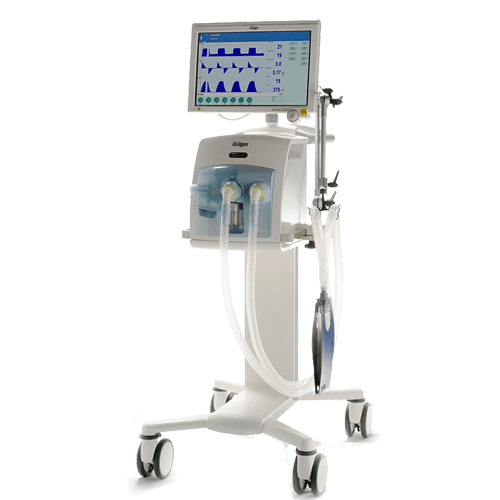
A mechanical ventilator is a sophisticated medical device that compensates for or replaces spontaneous patient breathing. In veterinary surgery, particularly in a Veterinary Emergency Hospital context, mechanical ventilators are crucial in managing respiratory distress during surgical procedures and critical care situations. These devices ensure adequate oxygenation and carbon dioxide removal, supporting animals with compromised respiratory function.
Mechanical ventilators deliver controlled breaths to the patient through an endotracheal tube. This process allows veterinarians precise control over respiratory parameters such as tidal volume, respiratory rate, and inspiratory/expiratory ratios. The technology behind these ventilators includes advanced sensors and microprocessors that continuously monitor and adjust parameters, ensuring optimal ventilation tailored to the patient’s specific needs.
Mechanical ventilators are vital for managing respiratory failure, pneumonia, or post-operative recovery in therapeutic applications. In a surgical context, they enable veterinarians to perform complex procedures requiring general anesthesia while maintaining a stable respiratory status.
The benefits of mechanical ventilators in a Veterinary Emergency Hospital are numerous. They provide a controlled and secure means of supporting animals in distress, ensuring oxygen delivery, and preventing complications related to respiratory compromise. This technology offers pet owners reassurance that their beloved companions receive state-of-the-art care during emergency situations and surgical interventions. The precise control and monitoring capabilities of mechanical ventilators contribute to improved outcomes and overall patient safety, aligning with the high standards of care you expect from Central Orange County Emergency Animal Hospital.
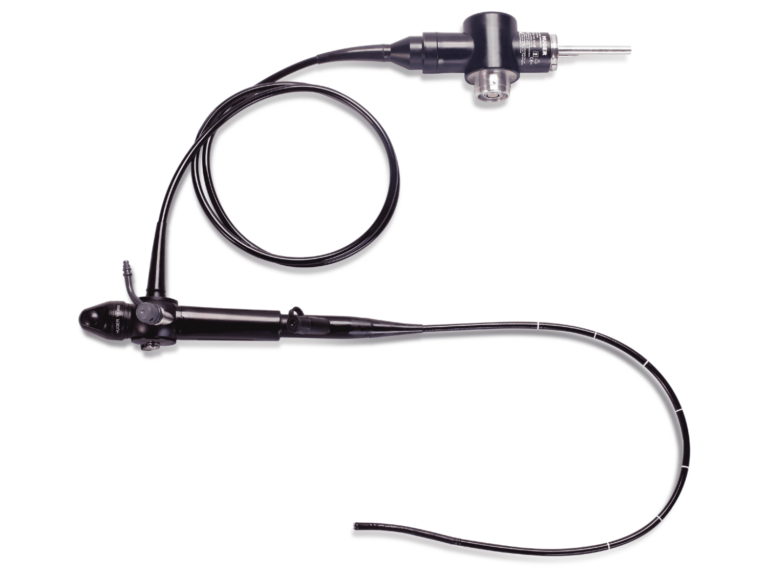
Flexible endoscopy is a cutting-edge medical technology in veterinary surgery that provides invaluable diagnostic and therapeutic capabilities. This minimally invasive procedure involves using a flexible endoscope, a slender and maneuverable tube equipped with a light source and camera, to visualize and access internal structures of the body.
In a Veterinary Emergency Hospital context, flexible endoscopy plays a crucial role in diagnosing and treating various conditions in companion animals. The flexibility of the endoscope allows for the exploration of internal organs and cavities through natural openings or small incisions, minimizing trauma and accelerating recovery. This technology is particularly beneficial for investigating gastrointestinal issues, respiratory problems, and urogenital abnormalities.
The main technological features of flexible endoscopy include high-resolution imaging capabilities and the ability to steer the endoscope precisely, providing veterinarians with a real-time, detailed view of the affected areas. Additionally, some endoscopes are equipped with channels for therapeutic interventions, such as taking biopsies, removing foreign objects, or performing minimally invasive surgeries.
Understanding the advantages of flexible endoscopy in a Veterinary Emergency Hospital is crucial for pet owners seeking information. The minimally invasive nature of this procedure translates to reduced post-operative discomfort, shorter recovery times, and a decreased risk of complications compared to traditional open surgeries. It allows veterinarians to address emergent situations promptly and precisely, enhancing their pets’ overall quality of care. Flexible endoscopy aligns with the evolving standards of veterinary medicine, offering a progressive and less invasive approach to diagnostics and therapeutics that prioritizes the well-being and comfort of the animals.
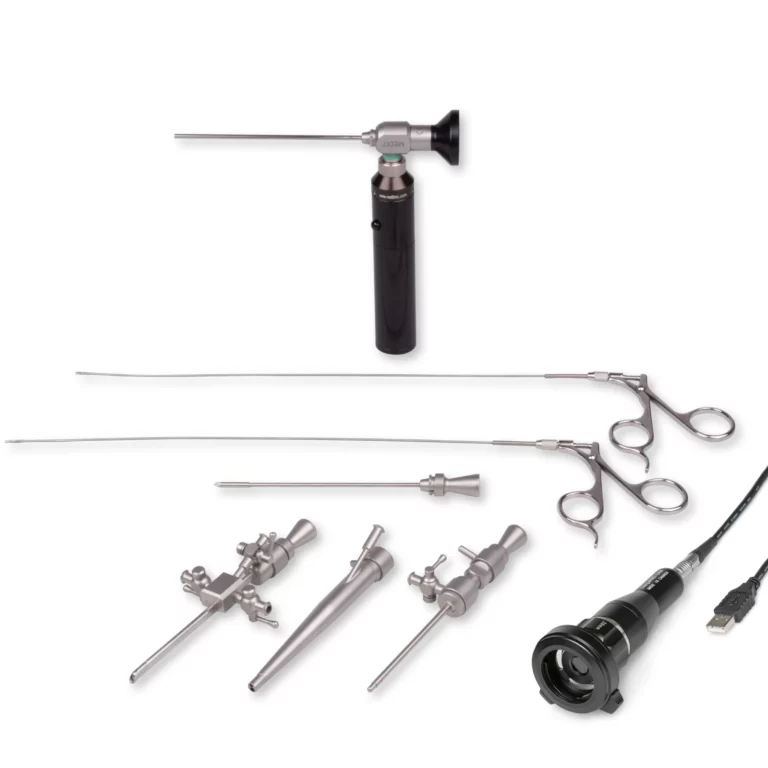
Rigid endoscopy, a pivotal facet of contemporary veterinary surgical methodology, entails the specialist’s deployment of a rigid endoscope featuring a straight, tubular configuration with an integrated light source and advanced optical system. This sophisticated medical instrument assumes a critical role in diagnostic and therapeutic modalities within the exigencies of Veterinary Emergency Hospitals.
Distinguished by its structural rigidity, the endoscope facilitates meticulous exploration and intervention across diverse body cavities and organs, particularly excelling in examinations of the respiratory and urogenital systems and enabling articulation for precise joint assessments. This design enhances stability during procedures, allowing veterinarians to execute intricate diagnostics and therapeutic maneuvers with unparalleled precision.
The technological underpinnings of rigid endoscopy encompass cutting-edge optics, furnishing real-time, high-resolution imaging for meticulous visualization of internal structures. Notably, specific iterations incorporate operative channels, empowering clinicians to execute targeted interventions such as biopsies, foreign body retrieval, and minimally invasive surgical procedures.
For pet owners seeking elucidation, a discerning comprehension of the merits of rigid endoscopy in the context of a Veterinary Emergency Hospital is imperative. This technology engenders minimal invasiveness, thereby mitigating physiological perturbations and expediting recovery. Direct visual scrutiny of internal pathologies facilitates expeditious and precise interventions during critical exigencies, culminating in augmented clinical outcomes and elevated benchmarks for patient care. Rigid endoscopy emblemizes Central Orange County Emergency Animal Hospital’s unwavering dedication to progressive and empathetic veterinary medicine, with advanced, minimally obtrusive interventions that parallel the evolving landscape of veterinary surgical practices.
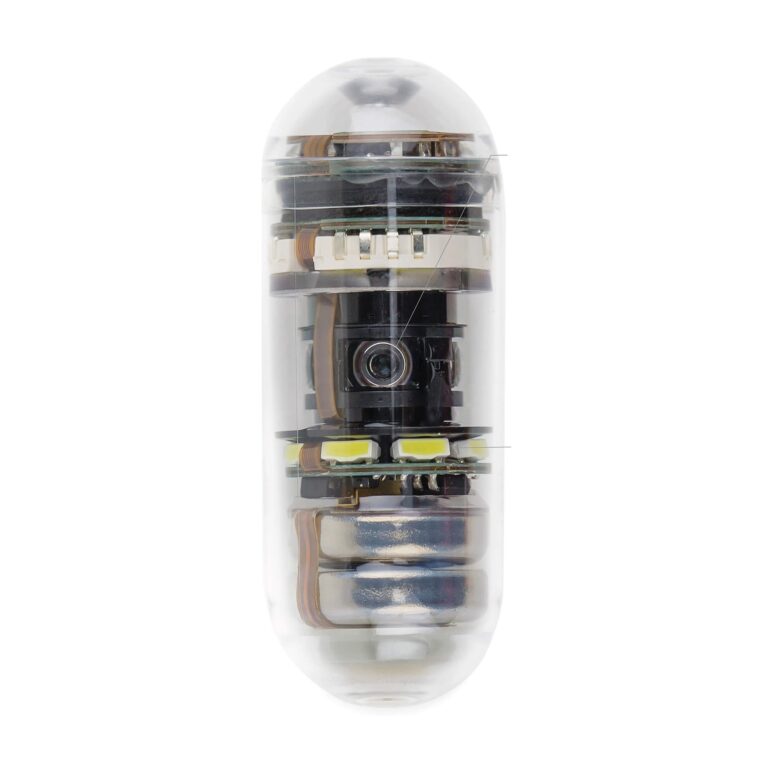
Capsule endoscopy, an innovative modality in veterinary medicine. It involves the ingestion of a small, pill-sized capsule equipped with a miniature camera, light source, and transmitter. Vet surgeons employ this advanced technology for diagnostic purposes, particularly in exploring the gastrointestinal tract, offering distinct advantages in a veterinary emergency hospital.
The primary technological feature of capsule endoscopy lies in its functionality to capture high-resolution images of the gastrointestinal mucosa as it travels through the digestive system. This wireless and non-invasive approach allows veterinarians to comprehensively visualize the entire gastrointestinal tract, detecting abnormalities such as bleeding, inflammation, or tumors.
In a Veterinary Emergency Hospital, the benefits of capsule endoscopy are noteworthy. This procedure’s non-invasiveness minimizes animal stress and discomfort, which is crucial in emergency situations where swift diagnostics are imperative. The real-time transmission of images aids veterinarians in promptly assessing the severity of gastrointestinal issues, enabling timely and targeted interventions.
Understanding capsule endoscopy’s advantages is crucial for pet owners seeking information. This technology eliminates the need for traditional endoscopic procedures that may be more invasive and challenging in the gastrointestinal tract and not likely to occur during an arthroscopic intervention. Moreover, the detailed imaging capabilities provide valuable insights, aiding veterinarians in formulating precise treatment plans. Furthermore, capsule endoscopy aligns with the hospital’s commitment to excelling in veterinary care, ensuring that your furry family member receives state-of-the-art diagnostics with minimal stress, particularly in emergency scenarios where expeditious and accurate assessments are paramount.
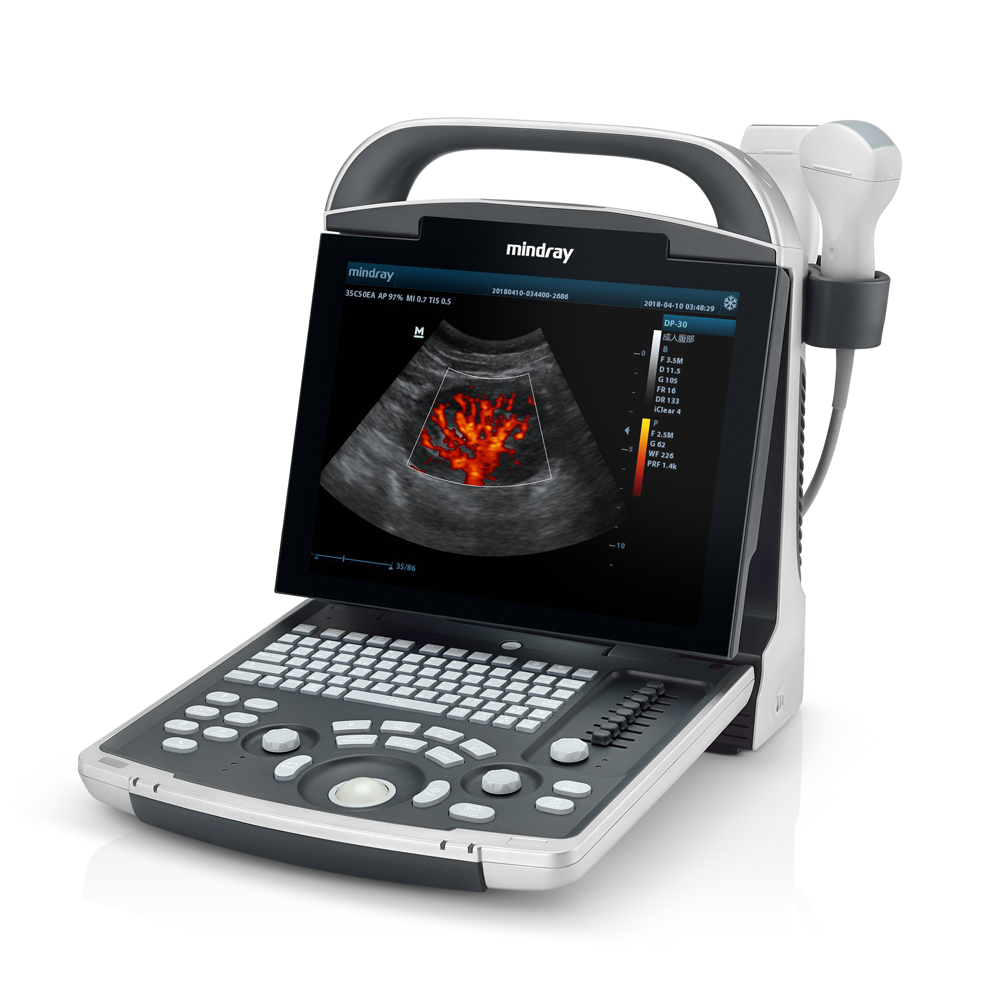
An ultrasound is a high-frequency sound that produces waves or echoes to create real-time images of internal structures within an animal’s body. In veterinary surgery, ultrasound is a non-invasive and versatile modality, providing critical insights for diagnostics and guiding therapeutic interventions in a Veterinary Emergency Hospital setting.
The key technological features of ultrasound systems encompass a transducer, emitting and receiving sound waves, and a computer processing unit that transforms these echoes into detailed images. This technology allows veterinarians to visualize organs, tissues, and fluid dynamics, detect abnormalities, and guide surgical decisions.
In a Veterinary Emergency Hospital, ultrasound’s benefits are multifaceted. Its non-invasive nature is particularly advantageous in emergency scenarios, where rapid and accurate diagnostics are paramount. Ultrasound enables real-time assessment of conditions such as trauma, internal bleeding, or organ abnormalities. Additionally, it proves invaluable in guiding procedures like biopsies or fluid drainage, enhancing precision, and reducing the need for exploratory surgeries.
For pet owners seeking information, understanding the advantages of ultrasound technology is imperative. The real-time imaging capability aids veterinarians in swiftly and accurately diagnosing emergent conditions, facilitating timely interventions, and improving overall patient outcomes. Ultrasound is what we can call the most compassionate evaluation device in veterinary care, providing a non-invasive diagnostic that ensures pets receive cutting-edge, prompt, and precise attention during critical situations.
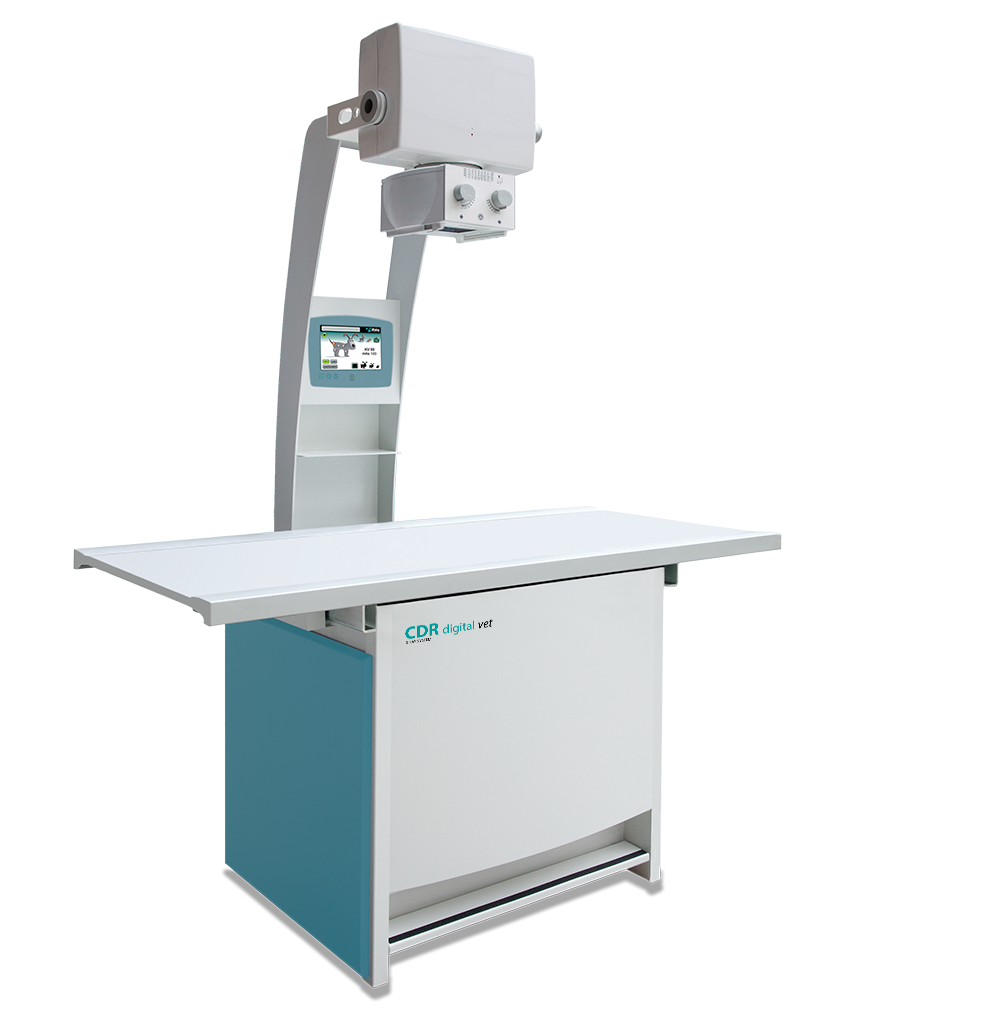
In the landscape of advanced medical imaging, the advent of Digital X-rays signifies a breakthrough, utilizing digital sensors to capture detailed images of internal structures within a patient’s body. Veterinarians use Digital X-rays beyond routine medical examinations. Indeed, this cutting-edge technology holds immense value in guiding various medical procedures and facilitating diagnostics, especially within the urgent setting of an Animal Emergency Hospital.
Digital X-ray technology relies on a digital detector that captures and converts X-ray photons into electrical signals. Unlike traditional film-based X-rays, digital radiography produces immediate, high-resolution images that a radiographer or veterinarian can manipulate and enhance at request for detailed analysis. The efficiency of various point-of-care in-house diagnostic machines lies in their functionality to swiftly provide comprehensive insights into skeletal and soft tissue structures.
In the Veterinary Emergency Hospital, the benefits of digital X-rays are critical. Rapid image acquisition allows for quick evaluation of injuries, fractures, or internal abnormalities, enabling veterinarians to make informed decisions promptly. The digital format permits easy storage, retrieval, and sharing of images, facilitating collaboration among healthcare providers and aiding in subsequent assessments. This is extremely helpful in a collaborative and interdisciplinary setting.
Understanding the merits of digital X-rays is crucial for pet owners seeking information. The reduced exposure to radiation compared to traditional X-rays enhances safety for both pets and the radiographic staff. Moreover, the immediate availability of images expedites the diagnostic process in emergencies, ensuring swift and accurate care. Digital X-rays are the most efficient tool for immediate diagnosis in an emergency setting, as in the case of bone fractures or other soft tissue abnormalities that might have occurred in your furry companion.
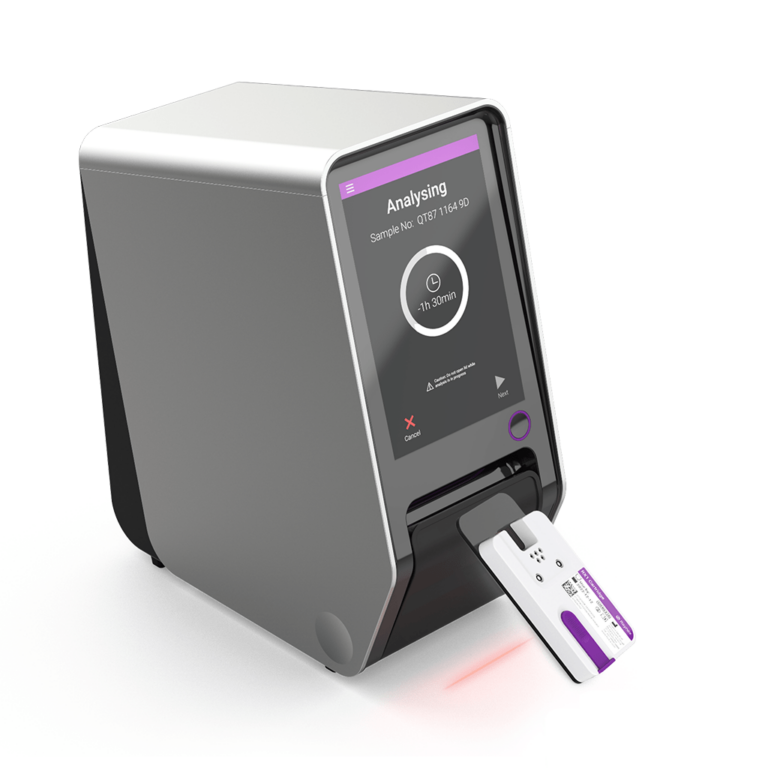
Veterinary medicine involves the identification of functional parameters in dogs and cats to evaluate their stability and assess the need to consider a specific course of action. These on-site diagnostic tools swiftly provide critical information about a pet’s health. Moreover, diagnostic machines are compact and efficient devices that conform to an integral component of a veterinary surgery setting, offering immediate insights for diagnostics and aiding therapeutic decisions.
The technological landscape of Point of Care In-House Diagnostic Machines is diverse, encompassing devices that analyze blood, urine, and other bodily fluids. These machines leverage cutting-edge methodologies such as immunoassays and spectroscopy to rapidly and accurately assess various health parameters. The intended design of these units involves aiding in measuring blood chemistry, electrolytes, and complete blood counts, as well as providing comprehensive information that provides veterinarians with information to formulate precise treatment plans or activate immediate care protocols.
As mentioned, in a Veterinary Emergency Hospital context, the benefits of these diagnostic machines are manifold. The immediacy of results facilitates rapid decision-making in critical situations, enabling timely interventions. For instance, assessing a pet’s real-time blood gas levels or electrolyte balance is invaluable during emergency surgeries or when managing severe medical conditions. Furthermore, these in-house diagnostic machines streamline the diagnostic process, reducing the turnaround time for crucial information and contributing to efficient patient care.
For pet owners, information about the advantages of Point of Care, In-House Diagnostic Machines is a factor that could represent a deep understanding of externalities that could have had an adverse impact on the animal’s health, such as the source that caused an infection. These devices enhance Central Orange County Emergency Animal Hospital’s capability to provide immediate and targeted care for your pet.
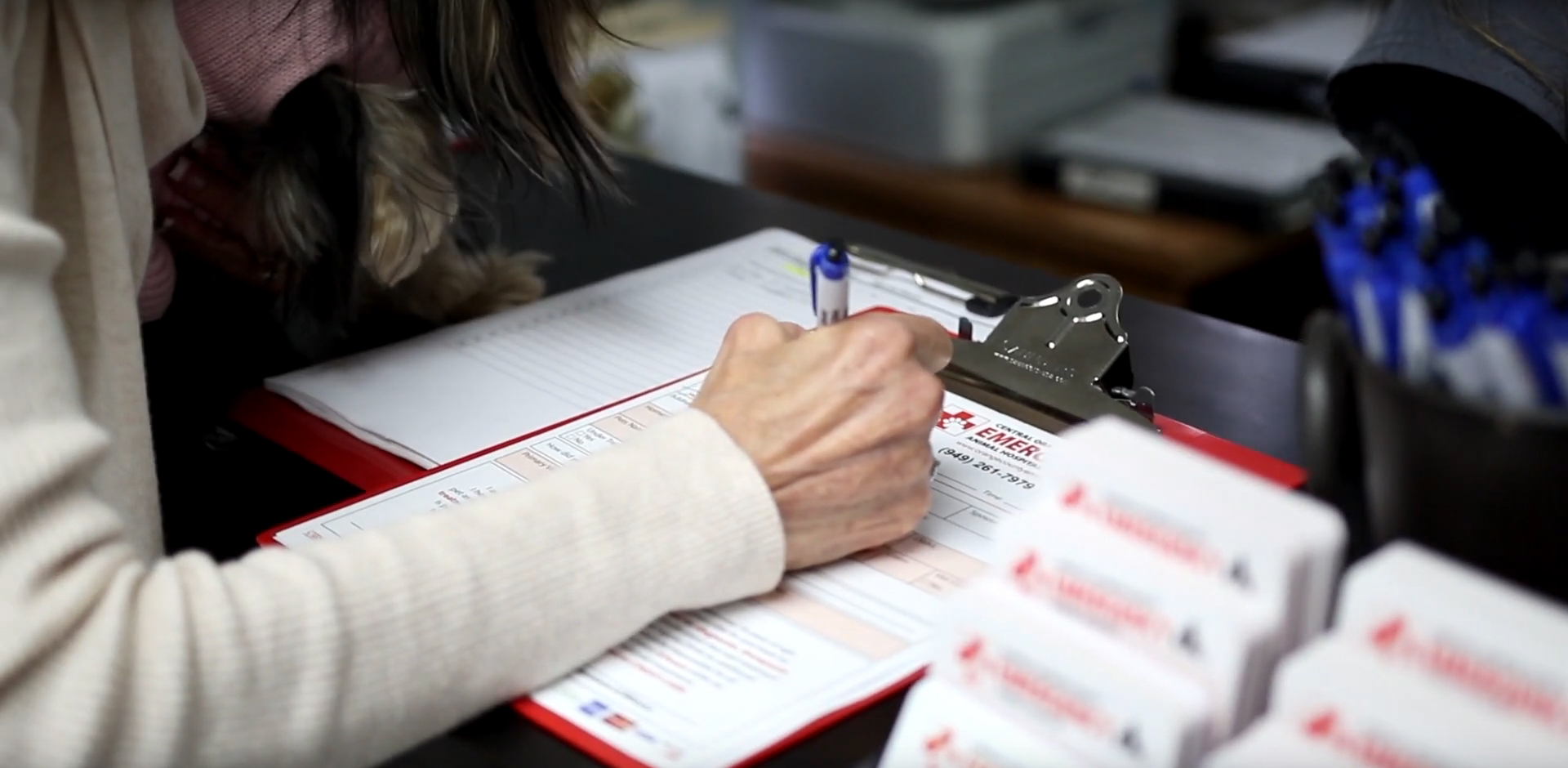
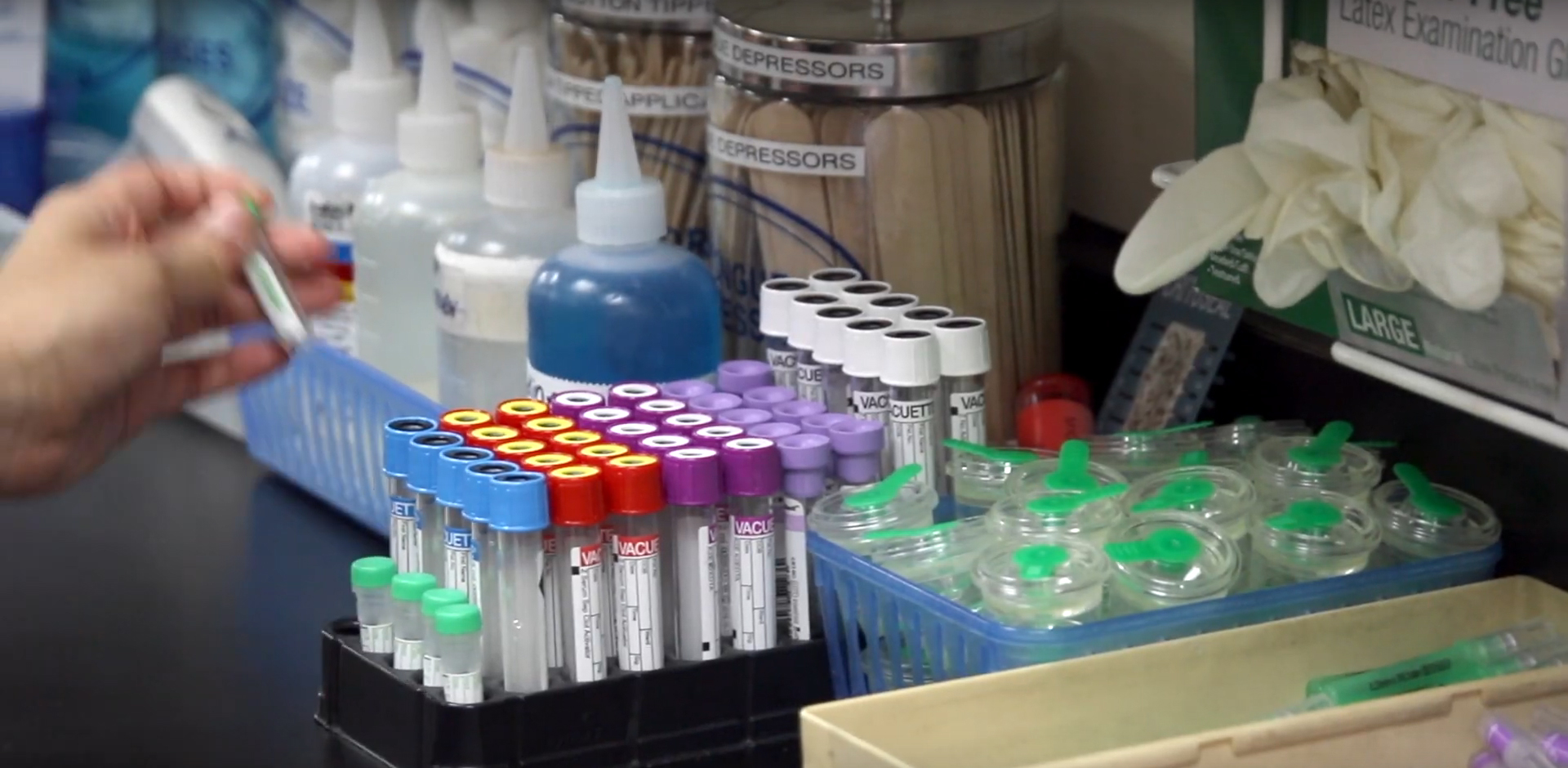
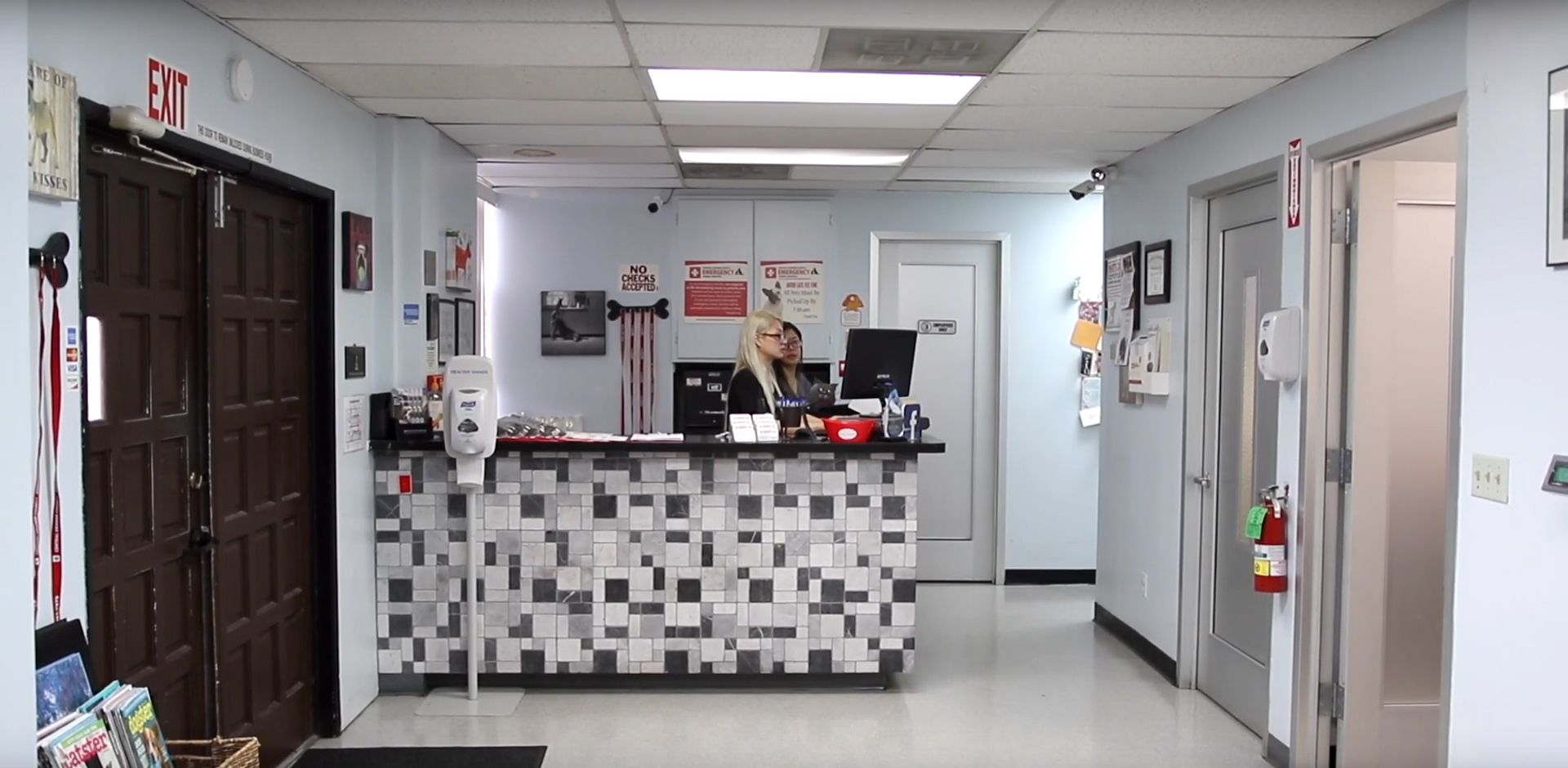
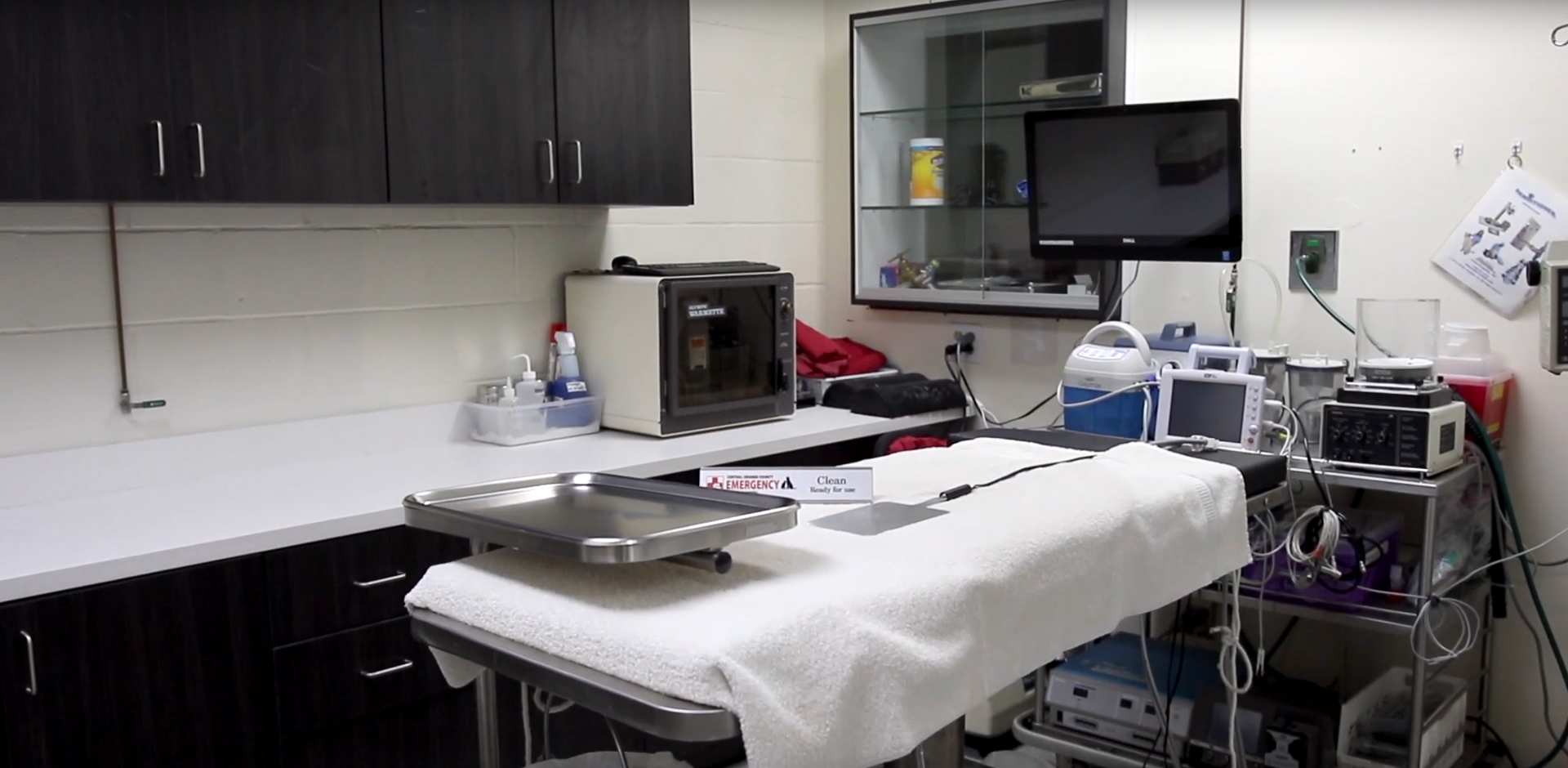
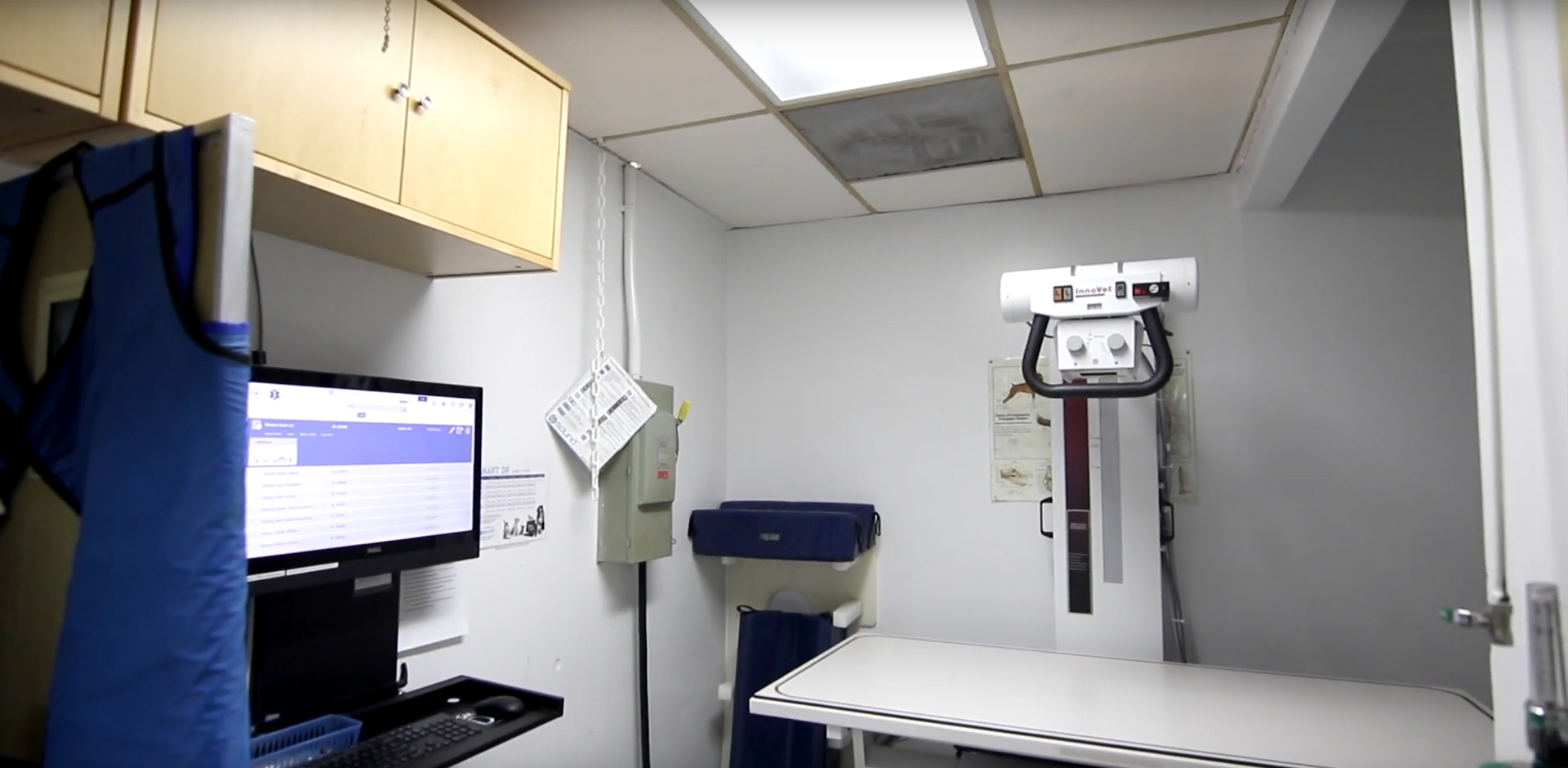

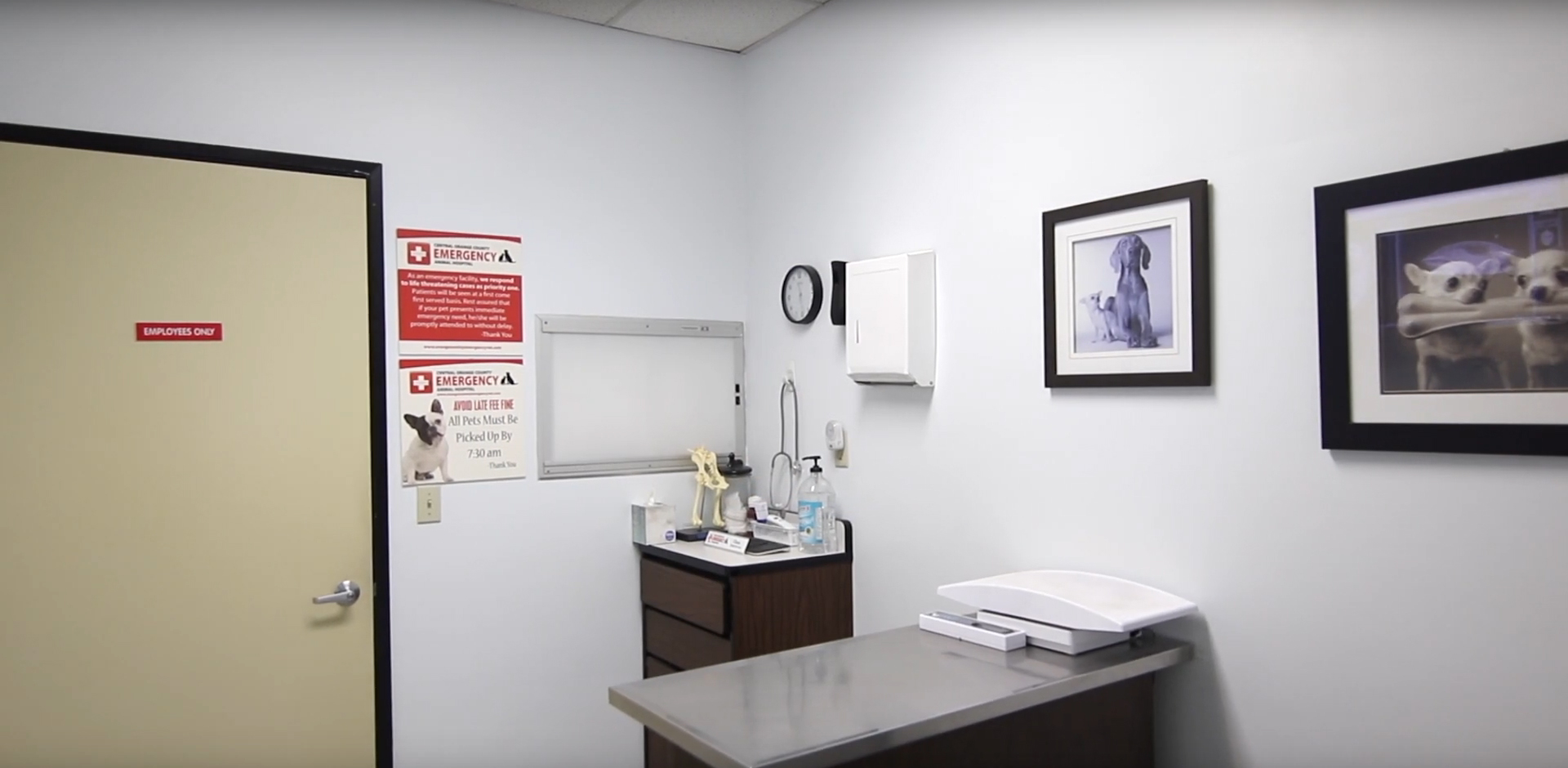
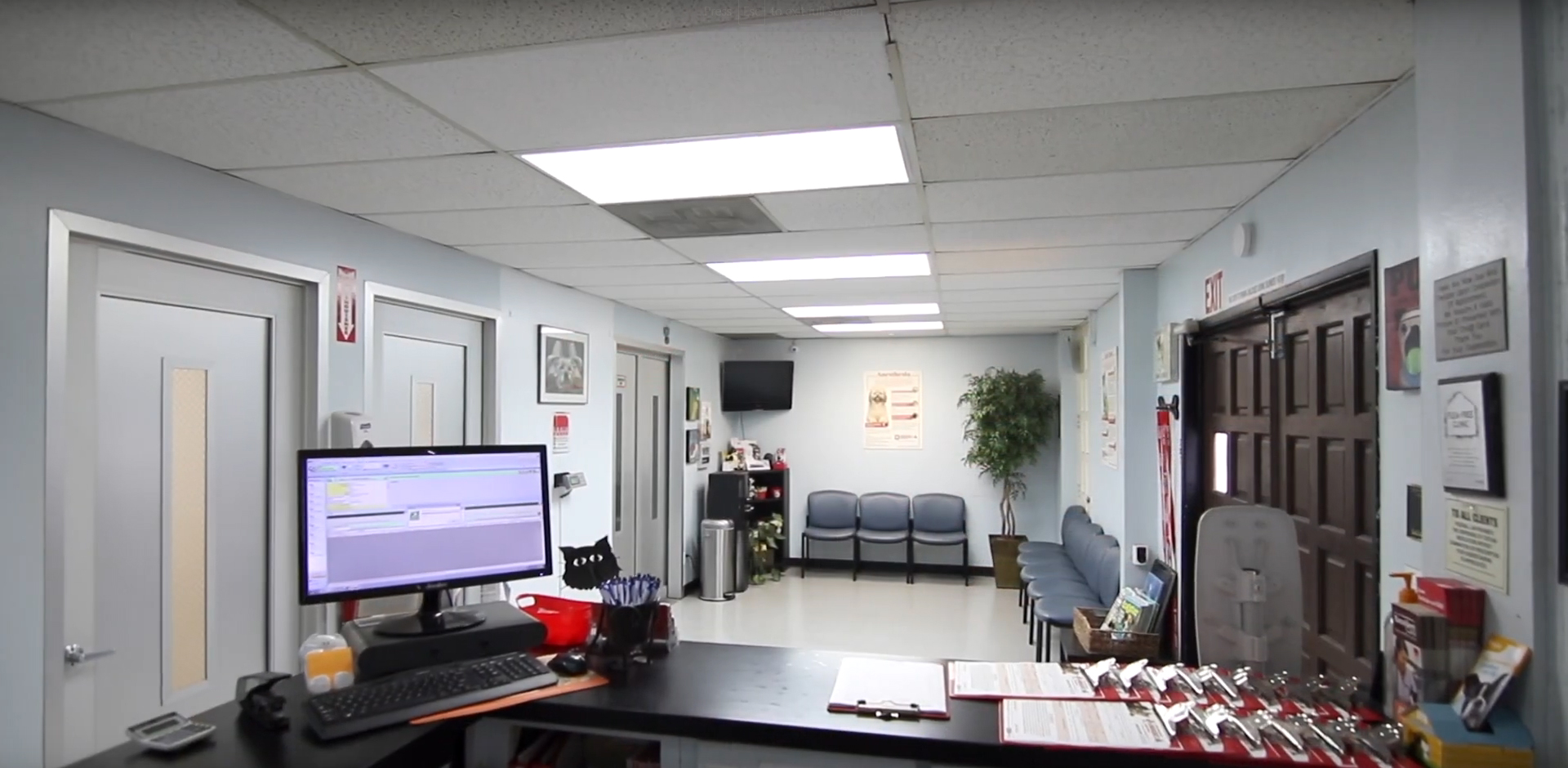
Central Orange County Emergency Animal Hospital is a premier 24/7 emergency and primary care veterinary center, dedicated to providing exceptional medical care for pets in need.
Mon
Open 24 hours
Tue
Open 24 hours
Wed
Open 24 hours
Thu
Open 24 hours
Fri
Open 24 hours
Sat
Open 24 hours
Sun
Open 24 hours
New Years Day
Open 24 hours
Easter
Open 24 hours
Memorial Day
Open 24 hours
4th of July
Open 24 hours
Labor Day
Open 24 hours
Thanksgiving Day
Open 24 hours
Christmas Day
Open 24 hours